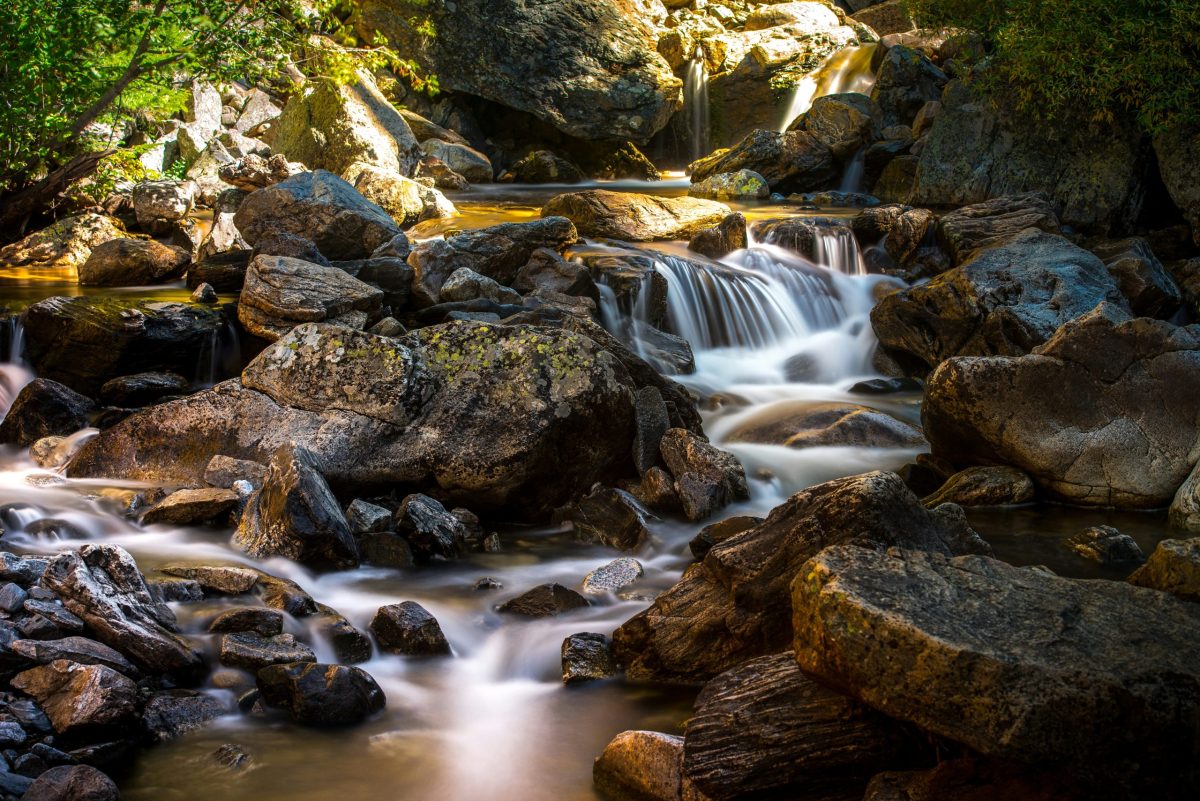
How change happens
There’s a meme that’s circulated on social media for years: it shows a diagram with a straight line running from A to B, and another line—this one squiggly, looping back and around on itself—which makes the same journey from start to finish but takes a more meandering path. The caption reads: ‘How people think change happens and how change really happens.’ It’s pretty obvious which line is which!
Often when we’re in a difficult place in our lives, we want change to happen quickly—we want to get from A to B in a straight line or as close to that as we can. But life is rarely so straightforward—we may not be able to shape our lives in quite the way we’d like, or to the timetable we have in mind.
The process of change is more like the flow of a river through a terrain that shifts from hard granite outcrops—resistant to change and requiring more energy or a new direction—to a softer landscape where the river meanders back and forth, and the momentum is lost for a while. And then the terrain shifts again and the river flows fierce and fast in ways that are both terrifying and exhilarating.
Rivers are the great agents of change in the world; they reshape our planet, sculpting deep ravines and nurturing broad wetlands.They are a metaphor for life: ever-flowing, never the same, at times slow-moving and at others unpredictable. They flow into the oceans, which give life to all of us.
Our life experiences are like changes in terrain on the river’s path—the tumbling landslides of grief, where the rocks are sharp-edged and the river cascades over them, wild and unrelenting; the expansive summer meadows of newfound love, where the river is wide and slow and the water is warmed by a kind climate.
When the terrain of your life becomes chaotic and the river is filled with rocks or debris, it can be tempting to wish that the water would whisk you away to a calmer landscape. But rivers don’t skip the hard terrain. They carve through it, slowly, persistently, sometimes flooding, sometimes pausing to meander. The work of change is not to bypass difficulty, but to learn how to flow through it—how to soften the edges, how to carry what cannot be moved.
If you’d like support in navigating the terrain of your life, I’d be glad to hear from you.
Featured image: Nathan Anderson on Unsplash
